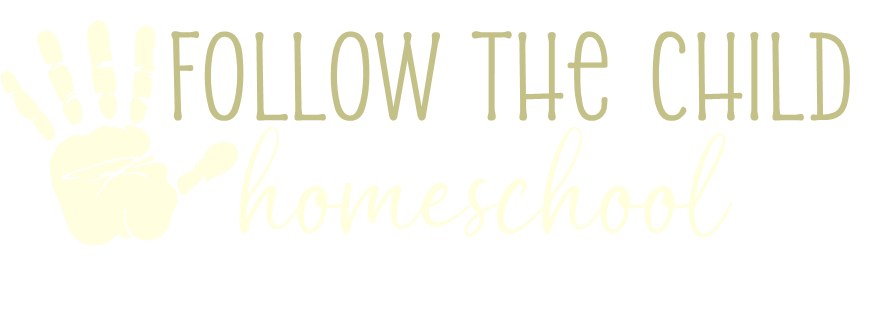What Is Montessori Pink, Blue, Green?
I have never been able to find a trustworthy explanation for how the phonics Pink, Blue, Green system came into being. But it has existed for decades and is considered the Montessori phonics standard material for English in the United States. When I did my Science of Reading training after teaching Montessori for a number of years, I was not surprised that the SoR followed what I was already doing with the Montessori Method using the Pink, Blue, Green system. I was surprised at how closely they paralleled each other, right down to specific activities and details in organization of materials and sequence of lessons.
So, what does Pink, Blue, Green mean exactly? The Montessori Method of teaching the phonics aspect of literacy breaks the sequence down into four steps:
1. Emergent – phonemic and graphic awareness
2. Pink – Consonant-Vowel-Consonant spelling patterns
3. Blue – spelling patterns that work with consonant blends
4. Green – silent “e” spelling patterns
It does get a little more complicated. Depending on who is creating the material, sometimes digraphs are placed in Blue, sometimes Green. Also, once a child has mastered the silent “e” pattern, most Green series materials extend to vowel teams. (My material has a separate unit in Green for digraphs, and has a Yellow transitional phonics level for vowel teams. Most Montessori classroom teachers will tell you that the Green level can be intimidating due to its scope, which is why I divided it up.)
There are some rainbow sets out there. Some of them are beautiful. But the sets that I have seen (and even worked with in the classroom) are not structured in a way that helps the children and seem to be counter to the Montessori Method as it was taught to me. Let me explain.
The beauty of the Pink, Blue, Green materials is that if your child is at the Pink level, working with C-V-C word structures, s/he should be able to go to the shelf and select any of the Pink materials to work with for the day’s phonics activity. Now, obviously, a child can’t pick the exact same set of five cards to work with every day for a month, but there should be enough of a variety of Pink activities to choose from that the child gets a sense of independence and choice when doing work. The key is that the teacher should then be able to take the chosen material and provide an engaging activity that targets what the child needs to focus on. If your material (such as the rainbow sets) is too sequential in nature your child loses the option of choice. This is extremely unappealing to a 4-5-year-old and can create a sense of monotony that is not helpful!
While I spent years perfecting my Pink, Blue, Green materials and am a bit biased on why it is so good, I acknowledge that there are other materials out there. Here are some things that I suggest you look for when choosing material:
1. Avoid too many word lists – they get boring fast, there is zero context, and what, exactly, do you plan to do with them as a teacher? What do those lessons look like?
2. Look for density – how many different ways can you teach the same concept? Picture cards, objects, mats, rhyming sets, in sentences – the key is repetition, repetition, repetition, but that should not mean doing the exact same lesson over and over again. If there are not enough options, your child will memorize the answers without actually learning the skill. How many different ways can you use a single material set?
3. What font is used? Seems petty, but you need your reading material to double for penmanship practice, so how frustrating is your 4-year-old going to be if they cannot precisely duplicate what is on the card? Remember, think like your child. I had a kindergartener in tears one year because she couldn’t figure out how to write “a” – which is not how we were teaching it, but she was determined. Perhaps you are doing cursive? You will eventually expose your child to multiple fonts, typed script, etc., but not usually until about Green level.
I would lastly like to point out that some of the best materials I have seen have been teacher developed. Most of the phonics materials I have seen through Montessori vendors are worthless in the classroom. To be honest, disappointingly so, which is why I made my own!
